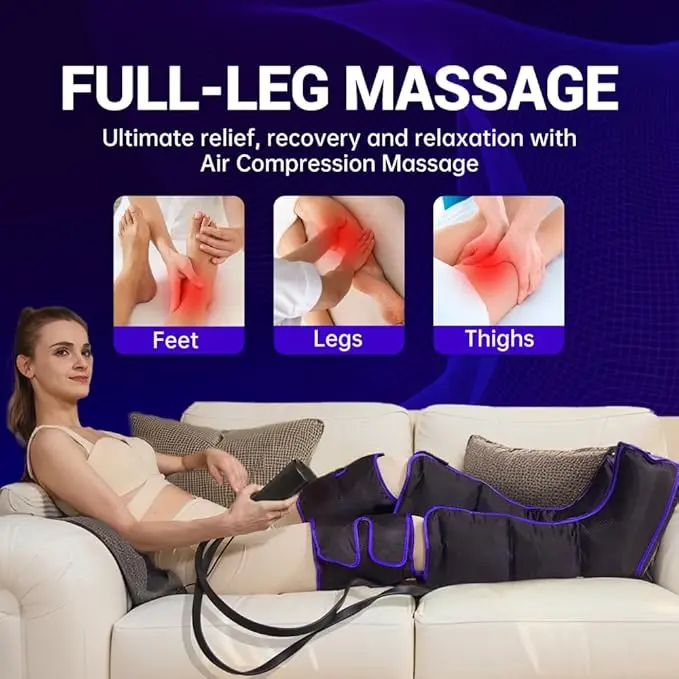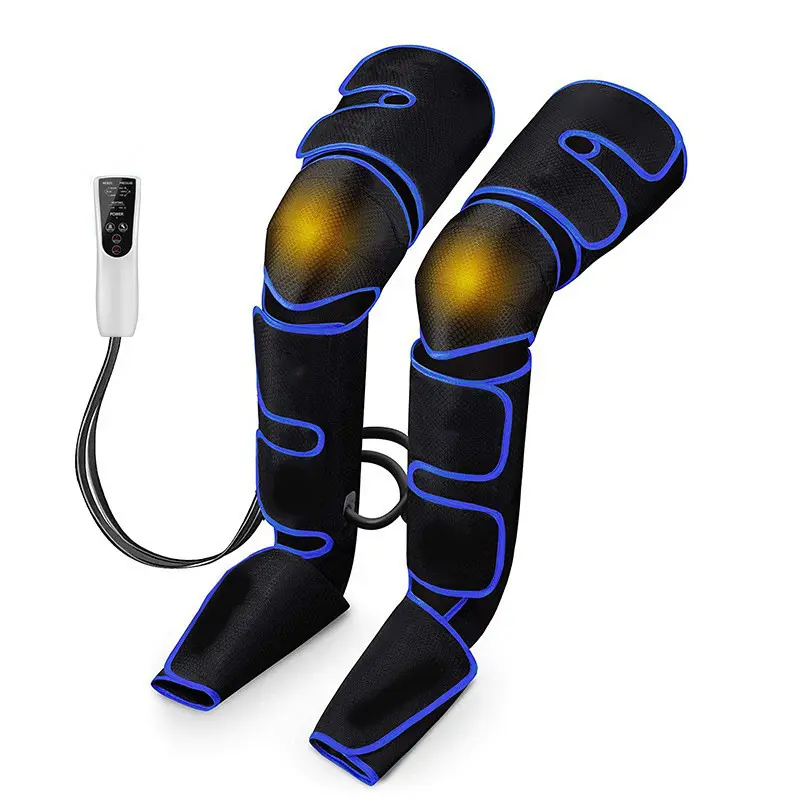What If the Secret to Lipedema Relief Isn’t Surgery—But a Pair of Boots?
It sounds absurd, right? In a world obsessed with invasive procedures and miracle diets, the idea that a pair of inflatable boots could help manage a painful, misunderstood condition like lipedema seems almost laughable. But here’s the twist: compression boots aren’t just for athletes anymore—they’re becoming a powerful tool in the fight against lymphatic drainage issues. And for lipedema sufferers, that could mean less swelling, less pain, and more control over their bodies. Let’s break down the science, the skepticism, and the surprising truth in this FAQ-style guide.
Q1: Aren’t compression boots just for athletes? What do they have to do with lipedema?
Compression boots are often marketed to runners and gym-goers for muscle recovery, but their benefits go far beyond post-workout relief. For people living with lipedema – a chronic fat disorder that’s frequently misdiagnosed—these boots can help stimulate lymphatic flow, which is crucial for managing swelling and discomfort.
The mechanism is simple but effective: compression boots use intermittent pneumatic pressure to mimic the natural pumping of muscles, helping move stagnant lymph fluid through the body. For those with lipedema, whose lymphatic systems are often sluggish, this can be a game-changer.
Q2: Isn’t lymphatic drainage just another wellness fad?
It might sound trendy, but lymphatic drainage is far from a passing fad. It’s a medically recognized therapy that supports the body’s ability to remove waste, toxins, and excess fluid. In lipedema, where lymphatic flow is often compromised, this kind of drainage can reduce inflammation, pain, and that heavy leg feeling many patients describe.
According to the ICMCE, lymphatic drainage has been shown to significantly reduce swelling and discomfort in lipedema patients. Compression boots offer a convenient, at-home way to support this process—without needing to book a massage every week.
Q3: Can compression boots really replace manual lymphatic drainage?
Not exactly—but they can absolutely complement it. Manual lymphatic drainage (MLD) performed by a trained therapist is still the gold standard, especially for advanced cases. But compression boots offer a practical, consistent way to maintain results between sessions.
As noted by Acibadem Health Group, compression therapy can enhance lymphatic circulation and reduce fluid buildup. For many, it’s the missing piece in their daily care routine.
Q4: Isn’t it risky to use compression boots without medical supervision?
Generally speaking, compression boots are safe for home use, especially when designed with conditions like lipedema in mind. That said, it’s important to choose a device with adjustable pressure settings and to follow usage guidelines carefully. If you have underlying conditions like deep vein thrombosis (DVT) or heart issues, consult your doctor first.
For a device tailored specifically to lipedema needs, check out the Lipedema Relief Leg Massager, which is designed to support lymphatic drainage safely and effectively.
Q5: Isn’t lipedema just about fat? Why would lymphatic drainage help?
That’s one of the biggest misconceptions. Lipedema isn’t just about fat—it’s a chronic inflammatory condition that affects the lymphatic system. Many patients develop secondary lymphedema, where lymph fluid builds up in tissues, causing pain and swelling.
Lymphatic drainage helps move this fluid out of the body, reducing pressure and discomfort. According to this blog post, compression boots can help reduce the “heavy leg” sensation and improve mobility, making daily life more manageable.
Q6: Isn’t this just another overpriced wellness gimmick?
Skepticism is healthy, especially in a market full of overhyped products. But compression therapy has been used in hospitals and clinics for decades. The difference now is that it’s more accessible. Compression boots are not a cure, but they are a science-backed tool that can significantly improve quality of life when used consistently.
The key is choosing a product that’s designed for therapeutic use, not just athletic recovery.
Q7: How often should I use compression boots for lymphatic drainage?
It depends on your condition and how your body responds. Many people start with 15–30 minutes per session, three to five times per week. Some use them daily for maintenance. The important thing is to start slow, monitor how you feel, and adjust as needed.
Q8: Can I use compression boots after liposuction for lipedema?
Yes! But only after your doctor gives the green light. Post-surgical swelling can benefit from gentle lymphatic stimulation, and compression boots can help maintain results long-term. Just be sure to follow your surgeon’s recovery guidelines and avoid high pressure settings early on.
Final Thoughts
Compression boots may not be the first thing that comes to mind when managing lipedema but maybe they should be. They offer a non-invasive, science-backed way to support lymphatic health, reduce swelling, and improve comfort. For many, they’re not just a recovery tool, they’re a lifeline. Shop here.




































































































